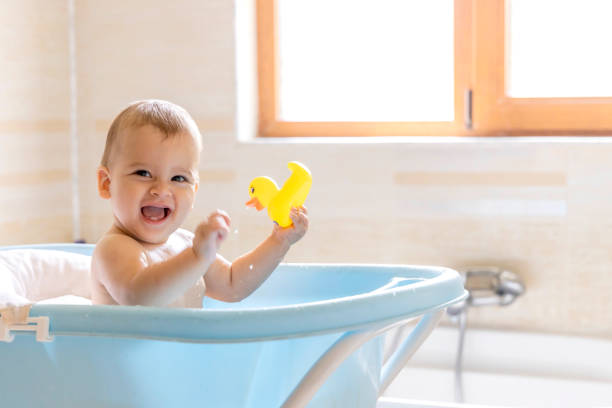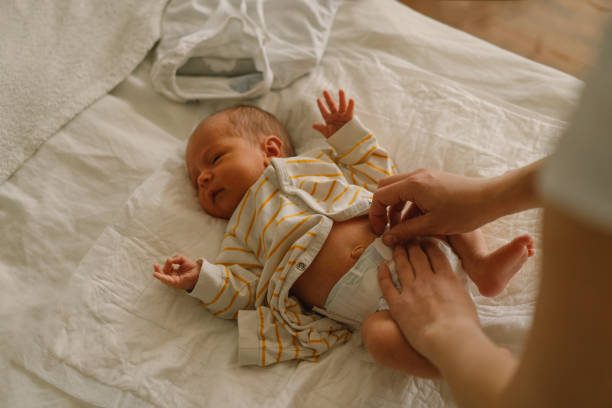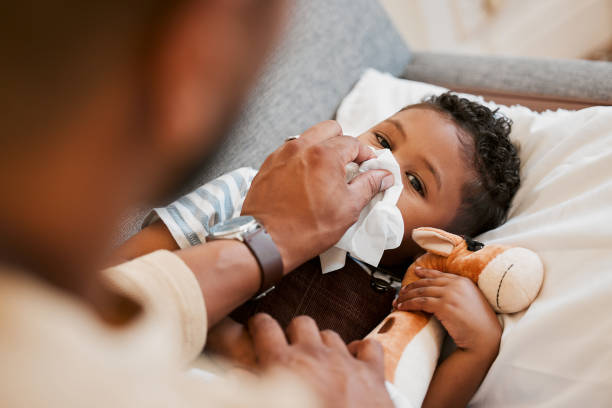Table of Contents
Introduction
Bath time can be one of the most precious moments you share with your little one. While some babies love splashing around, others might cry the minute they touch the water. The secret? A calm environment, the right techniques, and a playful approach can transform a routine baby bath into an enjoyable experience for both parent and child.
In this guide, you’ll learn 10 expert-backed tips that will help you make baby bath time not just manageable, but truly joyful. Whether you’re a first-time parent or just looking for better strategies, these practical ideas are designed to build comfort, trust, and smiles.
Why Baby Bath Time Matters
A bath isn’t just about getting your baby clean. It’s also a valuable opportunity for bonding, sensory development, and establishing a bedtime routine. When done right, a baby bath can relax your little one and help them sleep more soundly.
Benefits of a joyful baby bath:
- Enhances parent-child bonding
- Supports sleep readiness
- Promotes skin health and hygiene
- Encourages sensory and motor development
When your baby begins to associate bath time with comfort and care, it becomes a moment they look forward to.
10 Must-Know Tips for Parents
1. Set the Stage: Prepare Everything Before the Bath
Before placing your baby in the tub, make sure everything you need is within arm’s reach. This keeps the experience smooth and safe.
Checklist for a smooth baby bath:
- Mild baby soap and shampoo
- Soft washcloth or sponge
- Baby towel (preferably hooded)
- Clean diaper and clothes
- Gentle moisturizer
- A non-slip bath mat or baby tub
Never leave your baby unattended, even for a second. Prepping ahead minimizes distractions and enhances safety.
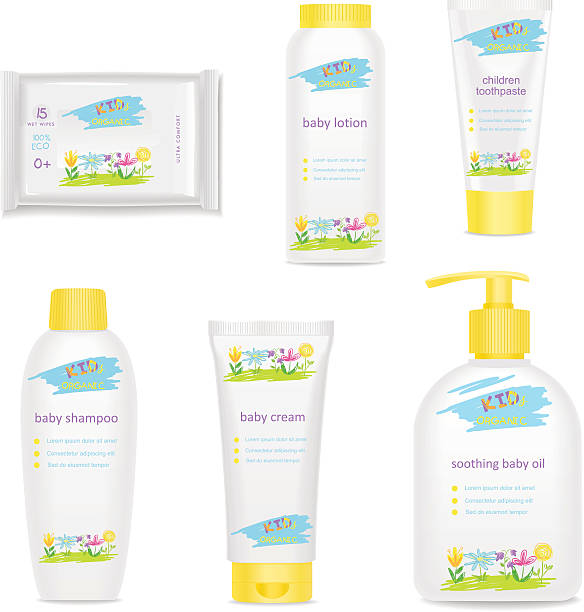
2. Choose the Right Time of Day
Timing makes all the difference. Most parents find that evening baths help their babies wind down before bed. Others prefer mornings when the baby is more alert and playful.
Pay attention to your baby’s mood and energy levels. A happy, fed baby is more likely to enjoy bath time. Avoid scheduling baths right after feeding to prevent spit-up or discomfort.
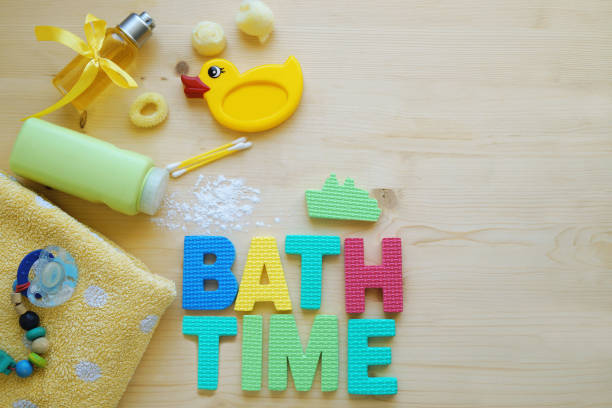
3. Ensure Ideal Water Temperature
Babies are sensitive to temperature, so make sure the water is just right. Use a thermometer or the inside of your wrist to test the water—ideal temperature is around 98.6°F (37°C).
Too hot or too cold can cause discomfort or even a fear of water. Always swirl the water to eliminate hot spots before placing your baby in the bath.
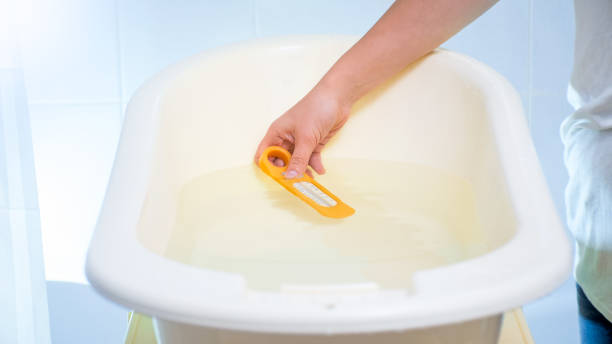
4. Make It Comfortable and Cozy
Use a soft baby towel to dry your baby’s body gently. Warm the room before the bath to prevent chills, especially for newborns. Keep towels and clean clothes within reach so your baby can be wrapped up quickly afterward.
Adding familiar items like a soothing lullaby or a favorite bath toy can create a comforting ritual that your baby will begin to recognize and enjoy.
5. Use Gentle Products Made for Babies
Not all bath products are baby-safe. Always choose tear-free, fragrance-free, and hypoallergenic products specifically formulated for delicate skin.
Look for products labeled:
- Pediatrician recommended
- pH-balanced for babies
- Free of parabens, sulfates, and dyes
Using the right soap and shampoo ensures that your baby bath is not only fun but also safe for their developing skin barrier.
6. Add Play and Interaction
Turning the bath into playtime can help reduce any fear or fussiness. Use colorful, age-appropriate toys to keep your baby engaged. Sing songs, talk to your baby, and encourage splashing to make bath time interactive.
Your voice and smile are your baby’s favorite forms of entertainment. Creating this fun environment builds trust and joy around bath routines.
7. Be Gentle with Hair and Skin
Babies don’t need a full scrub-down. Use your hand or a soft washcloth to gently cleanse their body. Be extra gentle around the face and fontanel (soft spot on the head).
For washing hair, tilt the head slightly backward and pour water gently using your hand or a cup. Keep soap out of their eyes and rinse thoroughly.
8. Keep It Short and Sweet
A baby bath doesn’t need to be long—5 to 10 minutes is enough for infants. Prolonged exposure to water can dry out their sensitive skin.
Watch for cues that your baby is done: crying, shivering, or arching their back are signs it’s time to wrap things up. End on a positive note with a warm towel and loving words.
9. Create a Post-Bath Routine
After the bath, drying and dressing can be just as soothing as the bath itself. Gently pat your baby dry—don’t rub—and apply a baby-safe moisturizer to lock in hydration.
This is also a great time for a baby massage. Use slow, gentle strokes to calm your baby and strengthen your bond. It’s a lovely ritual that often leads to better sleep.
10. Stay Consistent with Routine
Consistency builds comfort and confidence. Try to keep baby bath time around the same time and follow the same steps each day.
This helps signal to your baby that bath time is predictable and safe. A familiar routine reduces anxiety and creates a peaceful, joyful experience both for you and your little one.
Common Mistakes to Avoid
Even seasoned parents can make missteps during bath time. Here are a few things to watch out for:
- Leaving baby unattended
- Using adult products on baby skin
- Using cold or hot water
- Rushing the bath or making it too long
- Forgetting to dry between skin folds
Being aware of these common mistakes ensures a safer and more enjoyable baby bath every time.
Final Thoughts: Turn Bath Time Into Bonding Time
Bathing your baby is more than just a hygiene task—it’s a nurturing ritual that fosters emotional closeness, trust, and joy. With just a little preparation and the right mindset, you can turn every baby bath into a relaxing, memorable experience for both you and your child.
Remember, every baby is different. Some may take longer to adjust, and that’s okay. Stay calm, stay present, and embrace the giggles, splashes, and little milestones that come with it.
Ready to make baby bath time joyful? Try one of these tips today and watch how your baby’s next bath turns into their favorite part of the day. Share this with a fellow parent who could use some bath-time magic!
Frequently Asked Questions
How often should I give my baby a bath?
Newborns only need a bath 2–3 times a week. Once your baby starts crawling or eating solids, you can bathe them more often as needed.
What’s the best temperature for a baby bath?
The ideal baby bath temperature is around 98.6°F (37°C). Always test the water with your wrist or a bath thermometer before placing your baby in it.
Can I use regular soap in a baby bath?
No, adult soaps are too harsh for a baby’s delicate skin. Use products labeled specifically for baby use—fragrance-free and tear-free are best.
How do I calm my baby if they cry during bath time?
Stay calm and keep your voice soothing. Try swaddling your baby in a warm washcloth and easing them into the water gradually. Toys and songs also help.
What should I do if my baby hates the bath?
Try changing the time of day or adjusting the temperature. Keep baths short and comforting. With consistency and gentle encouragement, most babies grow to enjoy it.
